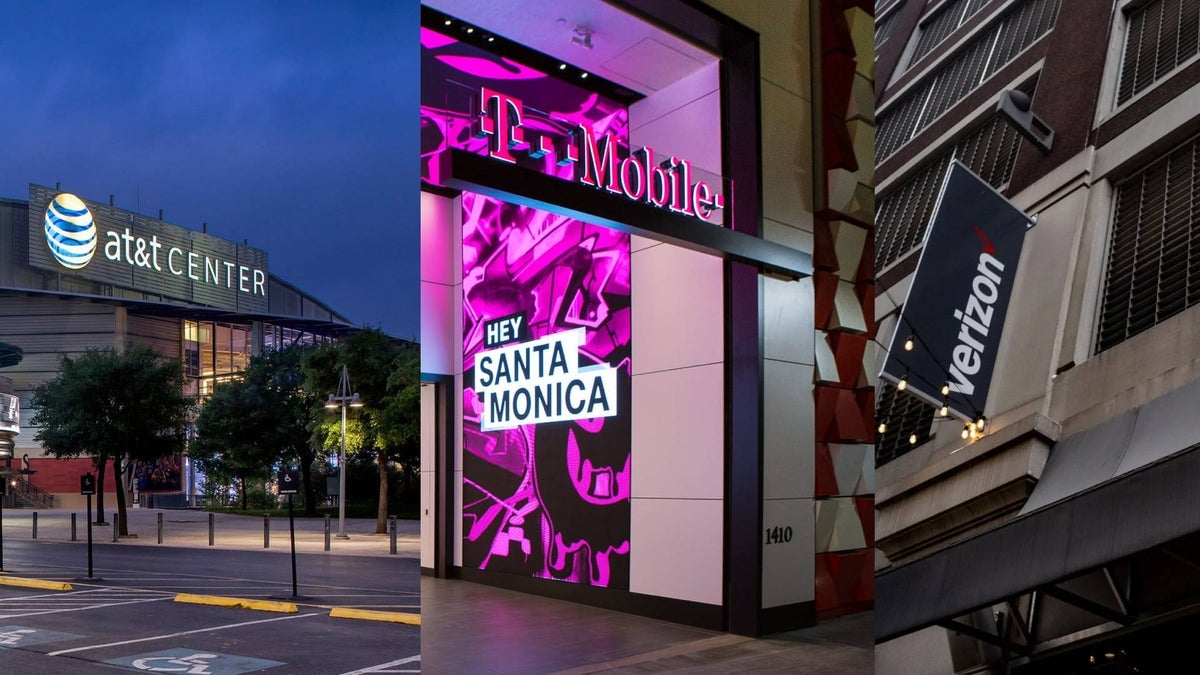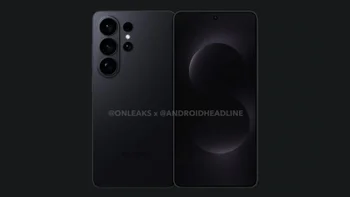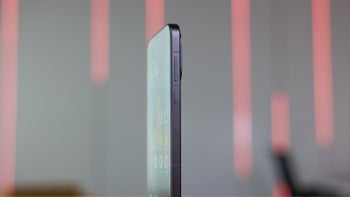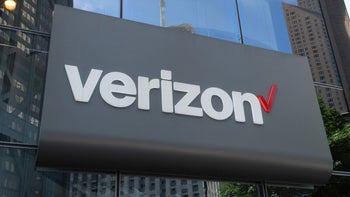CTIA warns AT&T, T-Mobile, and Verizon customers will start experiencing congestion next year
All three carriers use the same infrastructure to serve smartphone and broadband customers.

AT&T, T-Mobile, and Verizon all use their 5G spectrum to provide wireless broadband connectivity to homes and offices. This broadband technology is known as Fixed Wireless Access (FWA). FWA uses excess capacity on mobile networks to deliver services. However, it might not be long before the Big Three run out of capacity on their networks.
AT&T, T-Mobile, and Verizon, who are the leading providers of FWA services, were responsible for most of the growth in the broadband industry in Q1. They outdid cable and fiber operators, per Light Reading.
Since 5G networks have finite capacity, this growth streak will ultimately end. Wireless companies rely on the same networks to serve 330 million smartphone users in the US.
Both T-Mobile and Verizon are said to be quickly using up their network resources and according to some Bernstein analysts, their networks may start getting congested before 2030.
Cellular Telecommunications Industry Association (CTIA), which represents the US wireless communications industry and the companies, has presented a more conservative forecast. The trade association expects a spectrum shortage to start affecting customers as early as 2026. It also warns that by 2027, networks will not be able to meet around a quarter of demand in high-traffic areas during peak hours. By 2035, companies will be able to meet only 27 percent of peak demand.
CTIA refrained from naming any specific operator and since it is a lobbying association for AT&T, T-Mobile, and Verizon, its calculations are often regarded with suspicion. After all, one of its key missions is to convince regulators to release more spectrum for 5G.
TD Cowen analysts have hinted that CTIA is raising a false alarm and while spectrum is a limited resource, there is no scarcity crisis yet.
Bernstein analysts also found that T-Mobile's FWA customers consume roughly 30 times more data than smartphone customers. According to their estimates, Verizon is using about 83 percent of its total network capacity, T-Mobile is using nearly 68 percent of what's available, and AT&T is using 44 percent of its total capacity.
They cautioned that their calculation was "not an absolute measure of utilization" and does not imply that carriers are "operating near 100% utilization of their capacity."
For now, there is no need to worry about capacity constraints. However, it's hard to predict future demand based on today's network usage so FWA providers may want to start looking for new spectrum sources.
Since 5G networks have finite capacity, this growth streak will ultimately end. Wireless companies rely on the same networks to serve 330 million smartphone users in the US.
We believe the signs of the next significant congestion point could appear before the turn of the decade
—Bernstein analysts, May 2025
The spectrum shortfall will start to impact consumers as early as 2026, and by 2027 networks will be unable to meet nearly a quarter of traffic demand in high-traffic areas during peak hours. This will worsen to only 27% of peak demand being met by 2035. Without more spectrum, improving capacity will be challenging, as other levers besides spectrum yield significantly diminishing returns.
—CTIA, May 2025
TD Cowen analysts have hinted that CTIA is raising a false alarm and while spectrum is a limited resource, there is no scarcity crisis yet.
Ookla's findings appear to support that, with the connectivity insights company reporting that FWA speeds offered by T-Mobile and Verizon have been increasing significantly over the past year. If the networks were overloaded, this wouldn't be the case.
Bernstein analysts also found that T-Mobile's FWA customers consume roughly 30 times more data than smartphone customers. According to their estimates, Verizon is using about 83 percent of its total network capacity, T-Mobile is using nearly 68 percent of what's available, and AT&T is using 44 percent of its total capacity.
They cautioned that their calculation was "not an absolute measure of utilization" and does not imply that carriers are "operating near 100% utilization of their capacity."
Follow us on Google News




![Some T-Mobile users might be paying more starting in March [UPDATED]](https://m-cdn.phonearena.com/images/article/176781-wide-two_350/Some-T-Mobile-users-might-be-paying-more-starting-in-March-UPDATED.webp)









Things that are NOT allowed:
To help keep our community safe and free from spam, we apply temporary limits to newly created accounts: